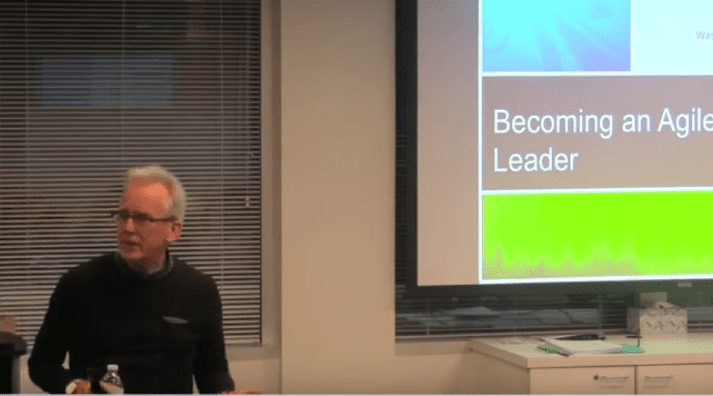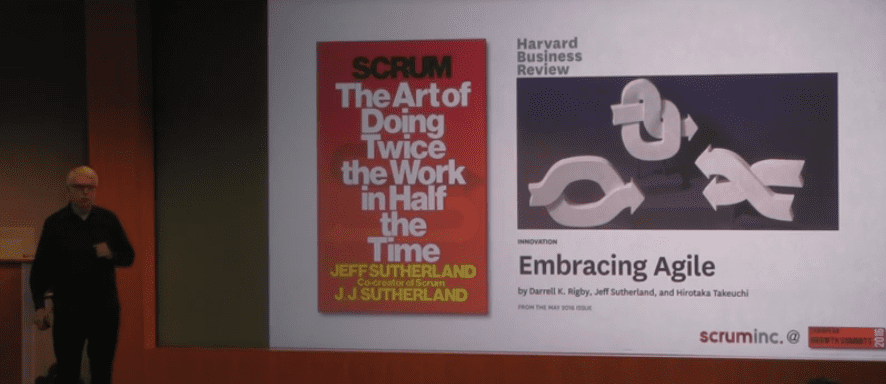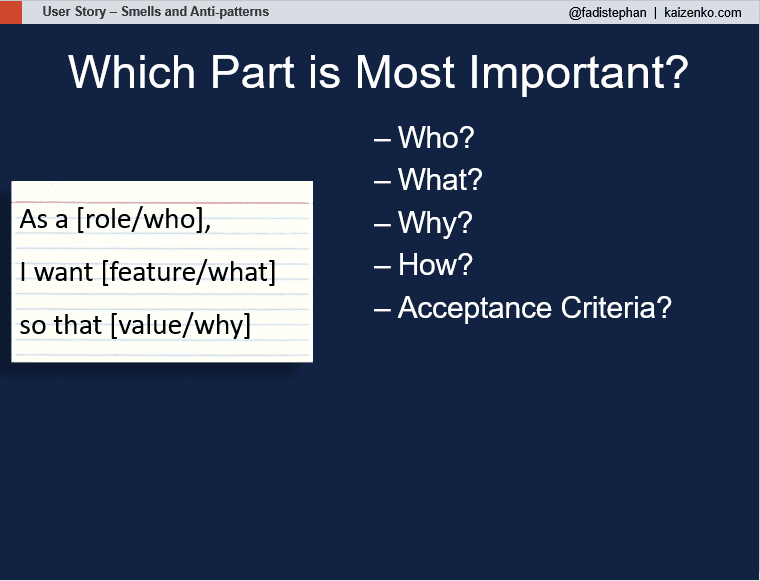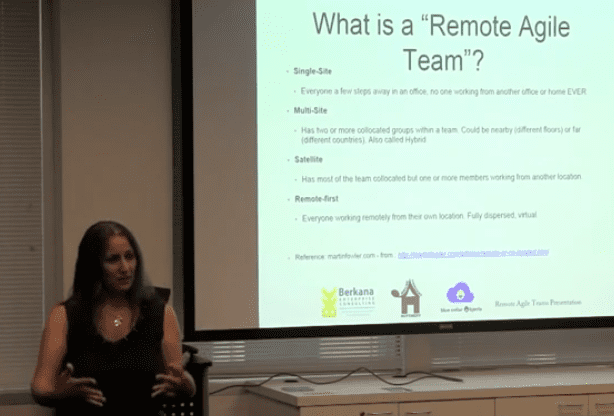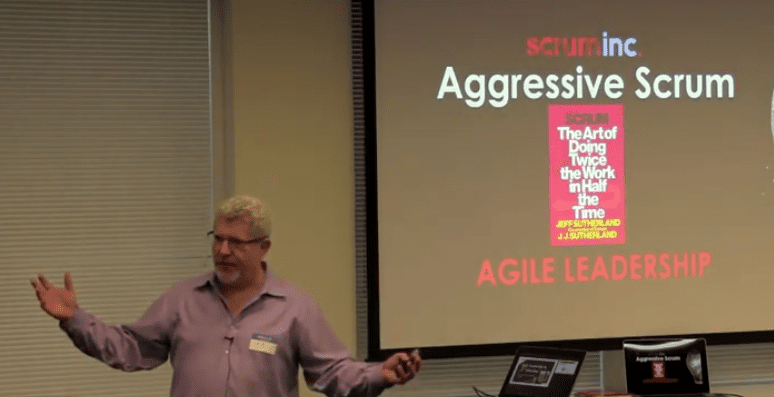The Agile Leader: The Inner and the Outer Game: Knowing, Doing, Being
Check out the video below of Michael Hamman presenting on "The Agile Leader: The Inner and the Outer Game: Knowing, Doing, Being" at the Washington DC Scrum User Group (DCSUG). Michael explores a holistic framework for both understanding the role of the Agile Leader and appreciating what the Agile Leader needs to Know, Do and Be…
